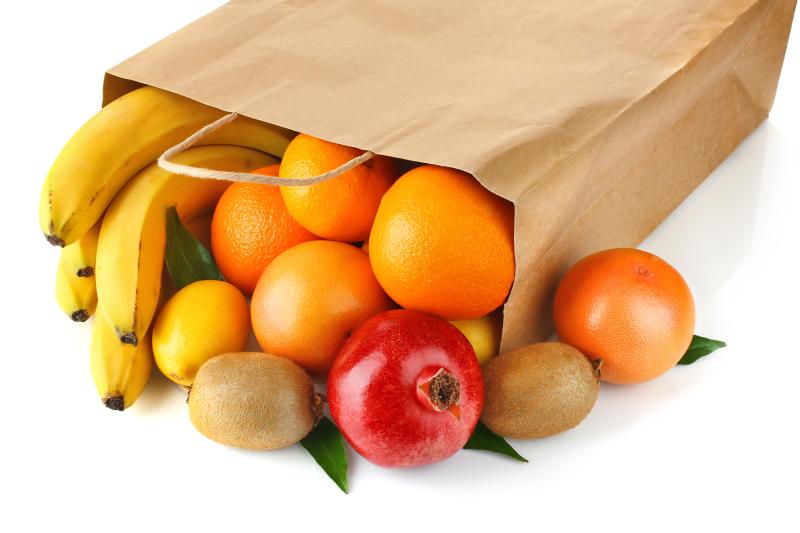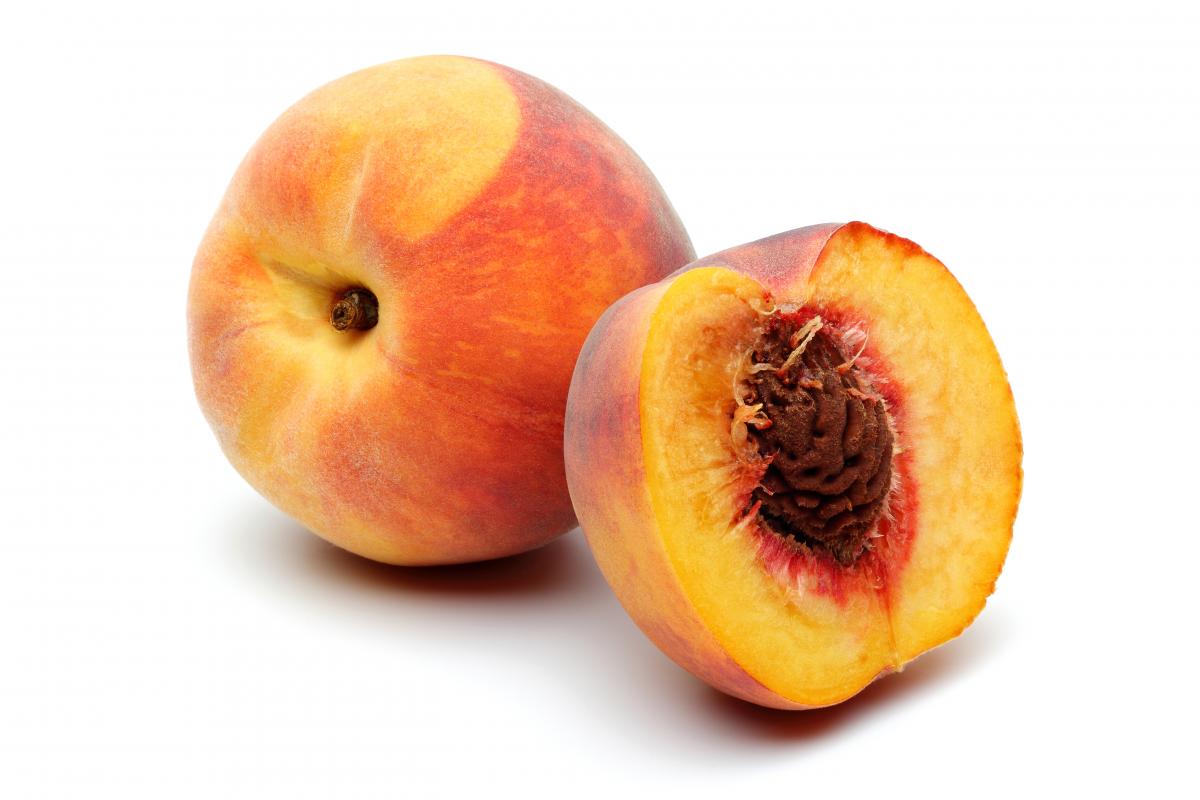Seed patterns
0
Overview
Using this Resource
Connecting to the Curriculum
Marking Student Responses
Working with Students
Further Resources

I am learning to notice patterns in science.
I will know I can do this when:
- I notice patterns in the seeds of fruit.
- I describe the patterns I notice.
- I use a pattern to predict the size of seeds in other fruit.
Task administration:
This task was trialled by students doing the task independently. However, you will learn more about students' thinking if you provide opportunities for them to discuss their observations and ideas.
- Students could compare and discuss their answers after they have completed the questions independently.
- The task could be completed together on an interactive whiteboard.
- While the trial students enjoyed the sequencing and selecting questions, some found it challenging to write their answers to the open question. Getting students to answer this question orally may provide a better indication of some students' thinking. This also provides opportunities for students to discuss, critique, and build on others' ideas.
Copyright:

"Fig". Licensed under CC BY-SA 3.0 via Wikimedia Commons - https://commons.wikimedia.org/wiki/File:Fig.jpg#/media/File:Fig.jpg





Images: Dreamstime
Levels:
1, 2
Curriculum info:
Keywords:
Description of task:
Task: Order fruit according to size and number of seeds, make a generalisation about the pattern and use this to predict whether a fig has small or large seeds. Assessment focus: pattern seeking.
Curriculum Links:
Science capabilities
The capabilities focus is brought about by the conversations you have and the questions you ask.
Capability: Gather and interpret data
This resource provides opportunities to discuss that data is gathered by careful observation and that inference is making meaning from the observation.
Science capability: Gather and interpret data
The capabilities focus is brought about by the conversations you have and the questions you ask.
Capability: Gather and interpret data
This resource provides opportunities to discuss that data is gathered by careful observation and that inference is making meaning from the observation.
Science capability: Gather and interpret data
Science capabilities:
Answers/responses:
| Question | What to look for |
| Order - smallest to largest seeds |
    |
| Order - most to fewest seeds |
    |
| Describe the pattern |
The fruit with lots of seeds have smaller seeds.
The fruit with not many seeds or one seed have larger seeds.
|
|
Predict if fig has large or small seeds (apply pattern)
Give reason
|
Small
Any answer that shows that the pattern (the more seeds there are the smaller they are likely be) is recognised.
|
Teaching and learning:
Noticing patterns is recognised as being an important aspect of science. "Observed patterns of forms and events guide organization and classification, and they prompt questions about relationships and the factors that influence them." New Generation Science Standards
Diagnostic and formative information:
Based on results from 19 Year 4 students, October 2016.
Observation/Sequencing
To sequence correctly students need to observe carefully.
Almost one third of the trial students sequenced the fruit correctly from smallest to largest seeds. The biggest cause for confusion was between the cumquat and the peach, most likely resulting from students not noticing that the cumquat has two seeds.
About one fifth sequenced the fruit correctly from most seeds to fewest. Again the cumquat and peach were confused, but also common was not ordering the dragonfruit and melon correctly. It is likely these students had difficulty conceptualising the large numbers of seeds in these two fruit.
Identifying the pattern
Most trial students were able to identify the pattern and to use this to predict that the fig is likely to have small seeds. However, few gave a valid reason for their prediction, and only one linked clearly to the pattern.
Because if plants have lots of seeds they are usually smaller
The most common difficulty was to equate size of the fruit with the number of seeds, rather than looking at the size of the seeds.
Because it can't fit that many
Because the figs are small
Next steps:
Observing/Sequencing
Ask students questions that help them observe closely. Get them to compare and discuss their responses with others' answers.
- What do you notice about the cumquat seed that is different from the peach?
- When there are too many seeds to count, how can you predict which has more seeds?
Check students' vocabulary. Can they use comparative language (fewer, more, less, bigger, etc.) confidently?
Using patterns
- Provide other examples of fruit that follow this pattern, and get them to predict whether the seeds will be small or large, few or many. Provide real but unfamiliar fruit for them to investigate.
- Ask them if they think all fruits follow this same pattern. Provide fruit for them to investigate. Ask them to sort into fruit that does, and fruit that doesn't follow the pattern.
- Does a type of fruit always have the same number of seeds? Explore such fruits as apples and citrus fruit, which vary, with stone fruit, that always have one seed.
- Get students to notice other patterns. For example, bigger seeds tend to be more protected with a stone. What might be the reason for this?
- Encourage students to think of their own questions to investigate patterns. For example, can the size of the fruit be used to predict the size and number of seeds?
- Provide opportunities for students to investigate patterns in other science contexts, e.g., leaf patterns, classification activities, phases of the moon, night and day, colouration, and adaptations.
For teachers
New Generation Science Standards describes cross-cutting concepts, including patterns, and provides some idea of progression. (Note that this is not specifically relevant to The New Zealand Curriculum, although patterns are evident in our Achievement Objectives.)
For student activities
Ministry of Education (2002). Building Science Concepts (25). Flowers, Fruits, and Seeds. Learning Media Limited: Wellington. Section 2 includes activities about seeds and fruit.
These ARBs are about looking for patterns.

